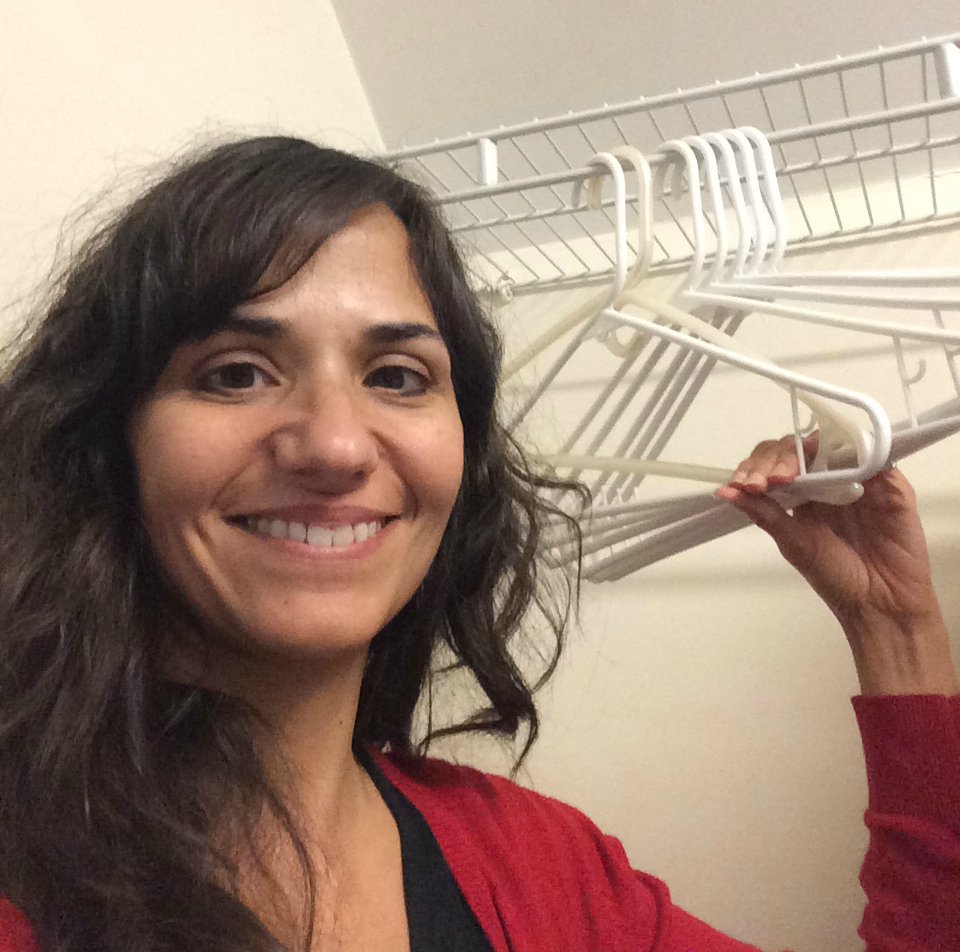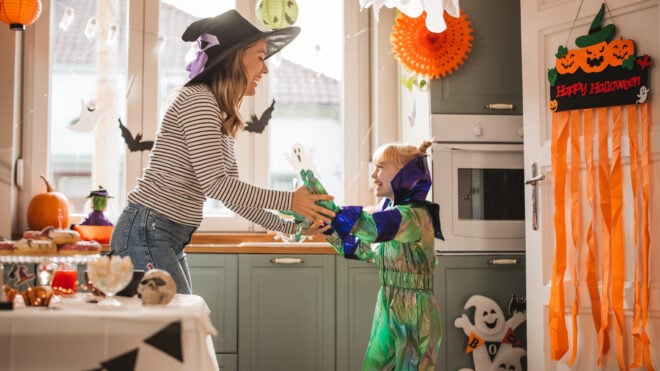I was born messy. Trails of receipts and loose change follow me wherever I go. When I was a teenager, you couldn't see the wooden floors of my bedroom under all the CDs and books scattered everywhere. My drawers overflowed with clothing I hadn't worn in years but couldn't part with, small scraps of paper scrawled with poetry and even my ancient sticker collection.
Since becoming a reluctant adult, and then a parent, I've worked hard to tame my cluttered ways. I've hired professional organizers, and I've attended 12-step meetings for messiness. I've read books and subscribed to email listservs, all promising they could fix my problems with clutter. I've hauled hundreds of pieces of clothing and fabric and books to Goodwill.
No matter what I do, though, my house always looks like it's just been ransacked.
When I heard about the bestseller "The Life-Changing Magic of Tidying Up" by Marie Kondo, I was skeptical. I've tried everything else.
Why would this solution be any different?
I zoomed through the book in a few days. While inspiring, my overriding thought was, "Marie clearly does not hang with small children." She barely mentions toys in her book but rather includes a mysterious category entitled komono, which, as far as I can tell, makes up 93 percent of the clutter in my house.

Despite my cynicism, I followed Kondo's suggestion and headed first to my closet. Propping my preschooler up on my bed to watch disturbing videos of grown women squealing over My Little Pony toys, I set to work.
Getting rid of anything that doesn't "spark joy"—Kondo's litmus test—was fairly easy. Old jeans that didn't fit or looked like they'd been devoured by moths didn't spark any joy. I set up a big cardboard box and tossed in several pairs of pants. In went a pretty, raspberry-hued jacket that is far too professional for my life as a mom and writer. In went the black flats I've never really liked and the import purse that looks like it's hiding a secret stash of marijuana.
Within less than an hour, I'd gotten rid of nearly 1/3 of the contents of my closet.
I have yet to master Kondo's suggestion to fold up clothing in tiny rectangles tight enough that they can easily stand on end in your drawers.
But with my closet looking much neater and more spacious, I'm excited to tackle other sections of the house.
Kondo's book is motivating. Her words helped me eject pieces of clothing I've been hemming and hawing over for years. Despite my inherent slovenliness, I fantasize about living in a streamlined, peaceful home, and I'm reinvigorated to move closer to that ideal.
But I'd argue that the tidying up—which is really decluttering—Kondo speaks of is a process, not an event. Especially with young children in the house. The constant stream of party favors, school papers and food waste that comes with kids means that the tidying up is never truly over.
Especially for a born messy like me.




